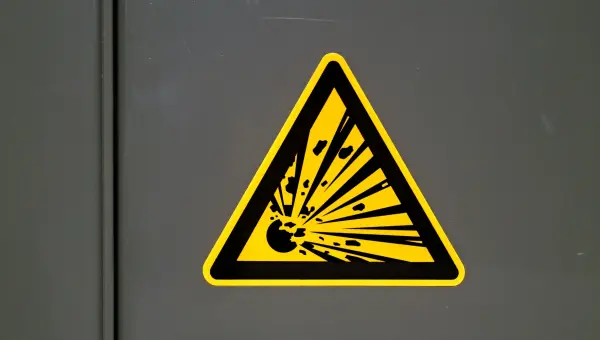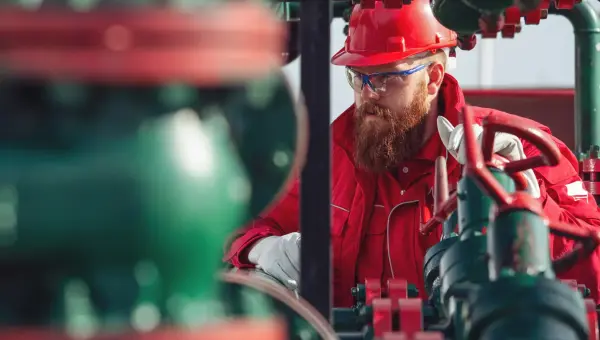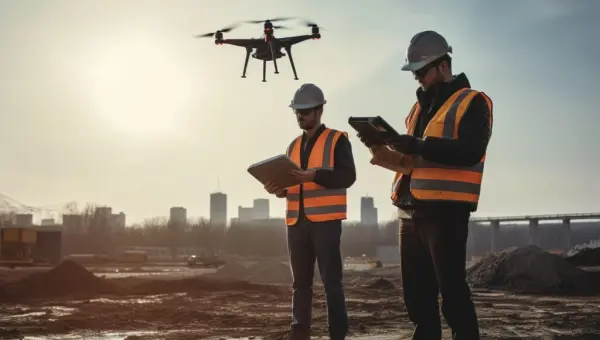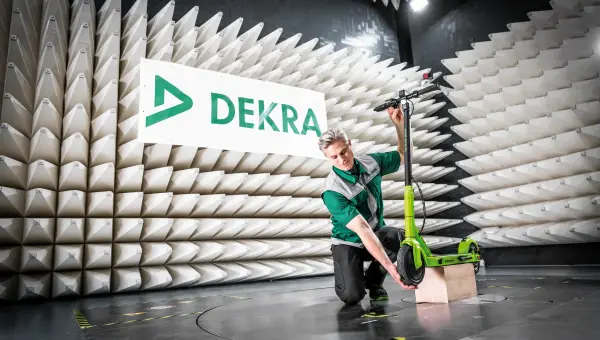ATEX Zone 21 (dust)
Optimizing explosion safety in ATEX Zone 21
An ATEX environment is an area with an explosive atmosphere. The European directives divide an ATEX environment into different zones. Each zone has its own specific risks and associated regulations to minimize the chance of an explosion. The regulations for a zone are established in ATEX 153 (workplace) and ATEX 114 (products). There are a total of six different ATEX zones: three gas zones and three dust zones. In this blog, we explain ATEX Zone 21, a dust zone.

Risk of explosions in ATEX zone 21
ATEX Zone 21 is similar to
ATEX Zone 1
, but it relates to explosive dusts. An explosive atmosphere is present between 0.1% and 10% of the operational time. This means that during normal operations, a cloud of combustible dust may occasionally be present in the air. The ATEX dust zones are divided into
ATEX Zone 20
, Zone 21, and Zone 22. The risk of an explosion in ATEX Zone 21 is less than in ATEX Zone 20 but greater than in ATEX Zone 22. In ATEX Zone 20, an explosive atmosphere is present for a longer period and/or with a higher frequency. However, this does not mean that ATEX Zone 21 is less dangerous than ATEX Zone 20.
Regulations in ATEX zone 21
ATEX 153 and ATEX 114 set forth various requirements for ATEX Zone 21. These regulations ensure the safety of employees/visitors and the surrounding environment. In ATEX Zone 21, the same requirements apply as in ATEX Zone 22, with some additional requirements.
Equipment used in ATEX Zone 21 must meet various requirements to minimize the risk of an explosion. ATEX equipment is categorized into:
- ATEX Equipment Group I (mining)
- ATEX Equipment Group II (all other ATEX environments).
Equipment within Group II is further subdivided into Category 1, Category 2, and Category 3. Devices in ATEX Zone 21 must meet the requirements of Category 2. These are the same requirements as for Category 3, with the additional requirement that common failures and malfunctions must not ignite an explosive atmosphere. If a product/equipment meets the requirements, it must bear the 'Ex' logo.
- Group I is exclusively for equipment used in underground mining or above-ground mining installations.
- Group II applies to all other environments where there is a risk of explosion.
Reducing risks
By reducing risks in an ATEX zone, zone reduction can occur. For example, an ATEX Zone 21 environment can be reduced to an ATEX Zone 22 environment. This ensures that less stringent requirements apply to the equipment used in the respective environment. Various technical and organizational measures can be implemented to minimize risks in different ATEX zones.

DEKRA is happy to assist you with explosion safety. We can investigate whether you are subject to ATEX regulations. Additionally, we can prepare an explosion safety document for simple to very complex situations. At our test locations, we conduct various tests to determine whether substances are flammable and explosive. Do you have questions about explosion safety or the different ATEX zones? Please feel free to contact one of our experts.
Contact expert
DEKRA services
3 Results

Nov 24, 2023
Audit
The need for sustainable and circular entrepreneurship is becoming increasingly important for organizations and is legally required by the government. Read more.
View article

Aug 18, 2023
Digital & Product Solutions / Mobility / E-Mobility
Whether in agriculture, surveying, monitoring, maintenance, expert opinions, or logistics – commercial drones offer advantages, as these examples show.
View article

Dec 23, 2022
Digital & Product Solutions
A device’s ability to function properly among other devices is called its ‘electromagnetic compatibility’, or EMC. In this blog you can read more about EMC and the d
View article